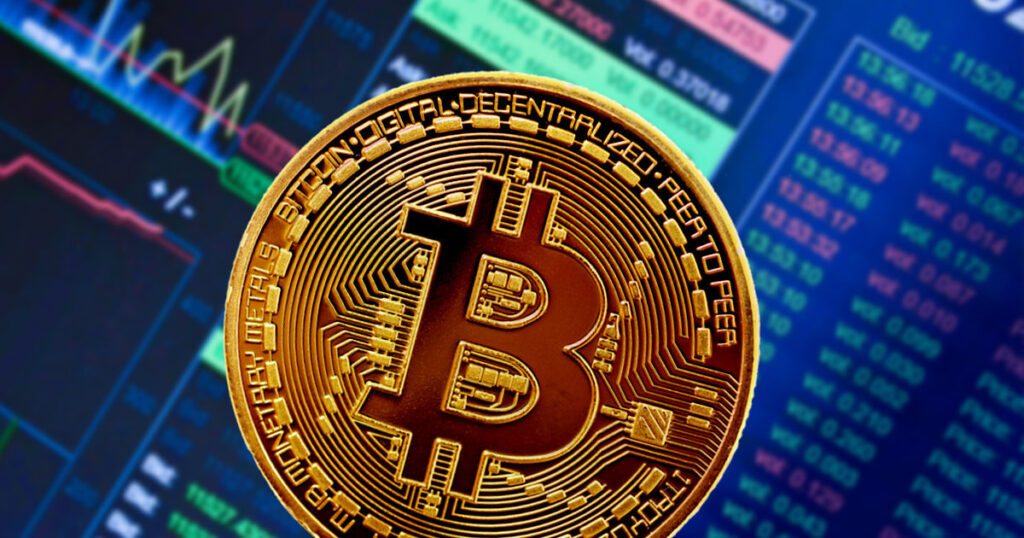Diving into the Deep: A Beginner’s Guide to Crypto Mining
In the world of cryptocurrencies, mining is a crucial process that verifies transactions and secures the network. With the ever-growing popularity of Bitcoin and other digital currencies, many individuals are interested in getting involved in crypto mining. As a beginner, it can be overwhelming to dive into the vast ocean of mining, but fear not! This guide will equip you with the necessary knowledge to start your crypto mining journey.
What is Crypto Mining?
In simple terms, crypto mining is the process of verifying transactions on a blockchain, which is a decentralized, digital ledger that records all transactions on a particular cryptocurrency. Miners use powerful computers to solve complex mathematical problems, which helps to secure the network and verify transactions. This process is called "mining" because, much like gold prospectors searching for gold, miners search for "gold" or in this case, cryptocurrency.
Types of Mining
There are two primary types of mining: Pool mining and solo mining.
- Pool mining: In pool mining, multiple miners join forces to combine their computational power and share the rewards. This model is popular among beginner miners, as it reduces the risk of not finding any blocks.
- Solo mining: As the name suggests, solo mining involves individual miners working alone, using their own equipment to mine for cryptocurrencies. This method is more challenging and typically requires a powerful computer.
Essential Equipment for Mining
To start mining, you’ll need the right equipment. Here are the essential items:
- GPU (Graphics Card): A high-performance GPU is necessary for mining, as it will handle the complex mathematical calculations. Popular choices include AMD Radeon and NVIDIA GeForce.
- Motherboard: A reliable motherboard that can support your GPU is crucial. Look for one with sufficient power delivery to your GPU.
- Power Supply: A sufficient power supply is necessary to power your equipment. A 650-watt or higher power supply is recommended.
- Memory (RAM): Ample RAM (at least 8GB) is necessary to ensure smooth operations.
- Cooling System: A reliable cooling system, such as a liquid cooling system, is essential to prevent overheating.
Setting Up Your Mining Rig
Before diving into mining, it’s essential to set up your equipment properly. Here’s a step-by-step guide:
- Assemble your rig: Attach your GPU to your motherboard, connect your power supply, and add RAM to your motherboard.
- Install your operating system: You can use a dedicated mining operating system or install a Linux distribution like Ubuntu.
- Install mining software: Popular mining software includes CGMiner, EasyMiner, and MinerGate.
- Configure your mining software: Set up your mining software according to the instructions, and connect to a mining pool or start solo mining.
Tips for Beginners
- Start small: Begin with a low-power GPU and gradually scale up as you gain experience.
- Join a mining pool: Joining a pool can increase your chances of finding blocks and reduce the risk of not mining any coins.
- Monitor your equipment: Regularly check your equipment’s temperature, clock speed, and power consumption to ensure optimal performance.
- Educate yourself: Continuously learn about mining, blockchain technology, and cryptocurrency to stay up-to-date with the latest developments.
- Be patient: Mining can be a slow and laborious process, so be prepared to wait for results.
Conclusion
In this beginner’s guide, we’ve explored the basics of crypto mining, including the process, types of mining, and essential equipment. By following these tips and guidelines, you can start your mining journey and join the ranks of cryptocurrency enthusiasts. Remember to stay informed, patient, and persistent, and you’ll be well on your way to becoming a successful crypto miner. Happy mining!

